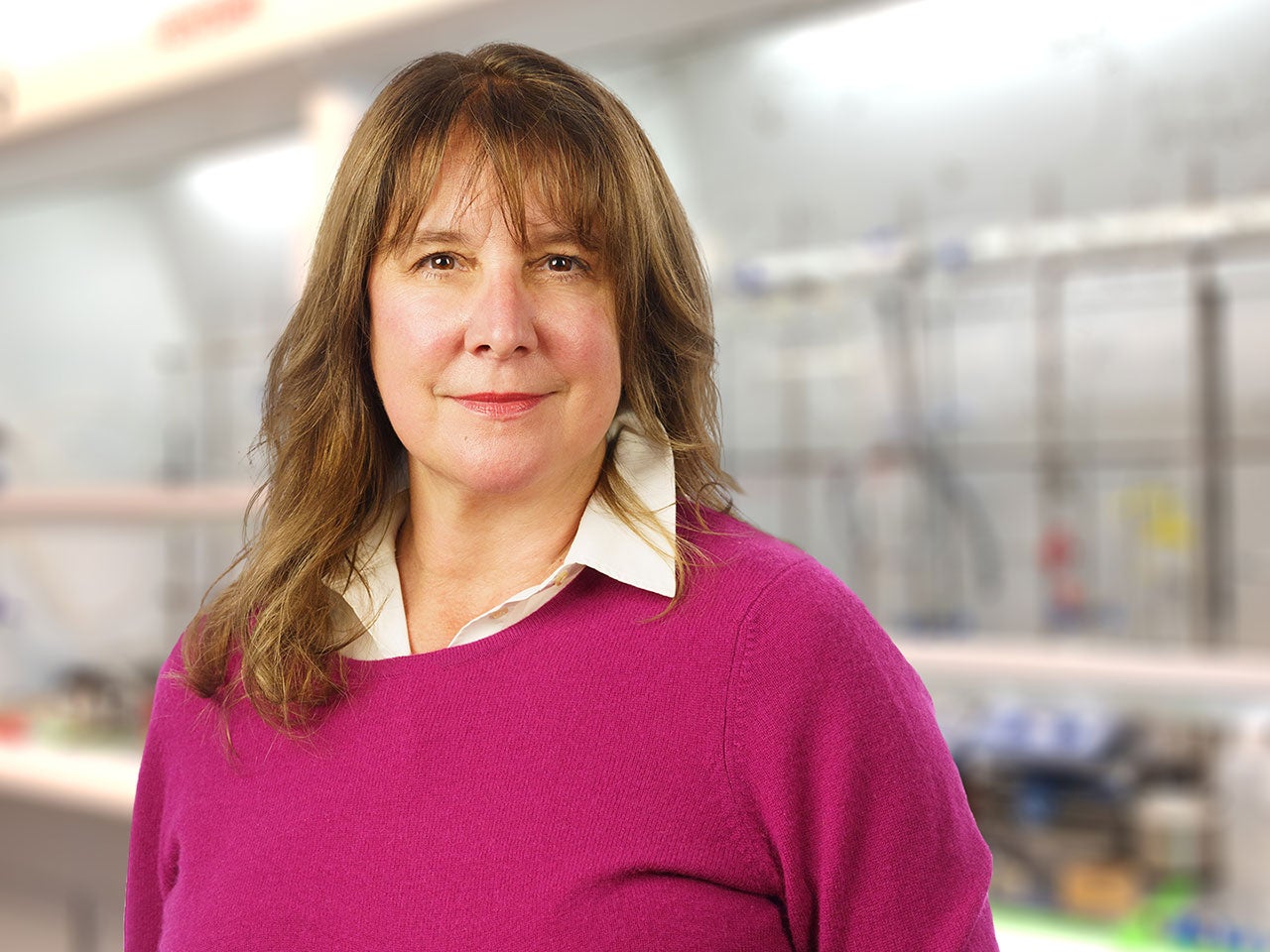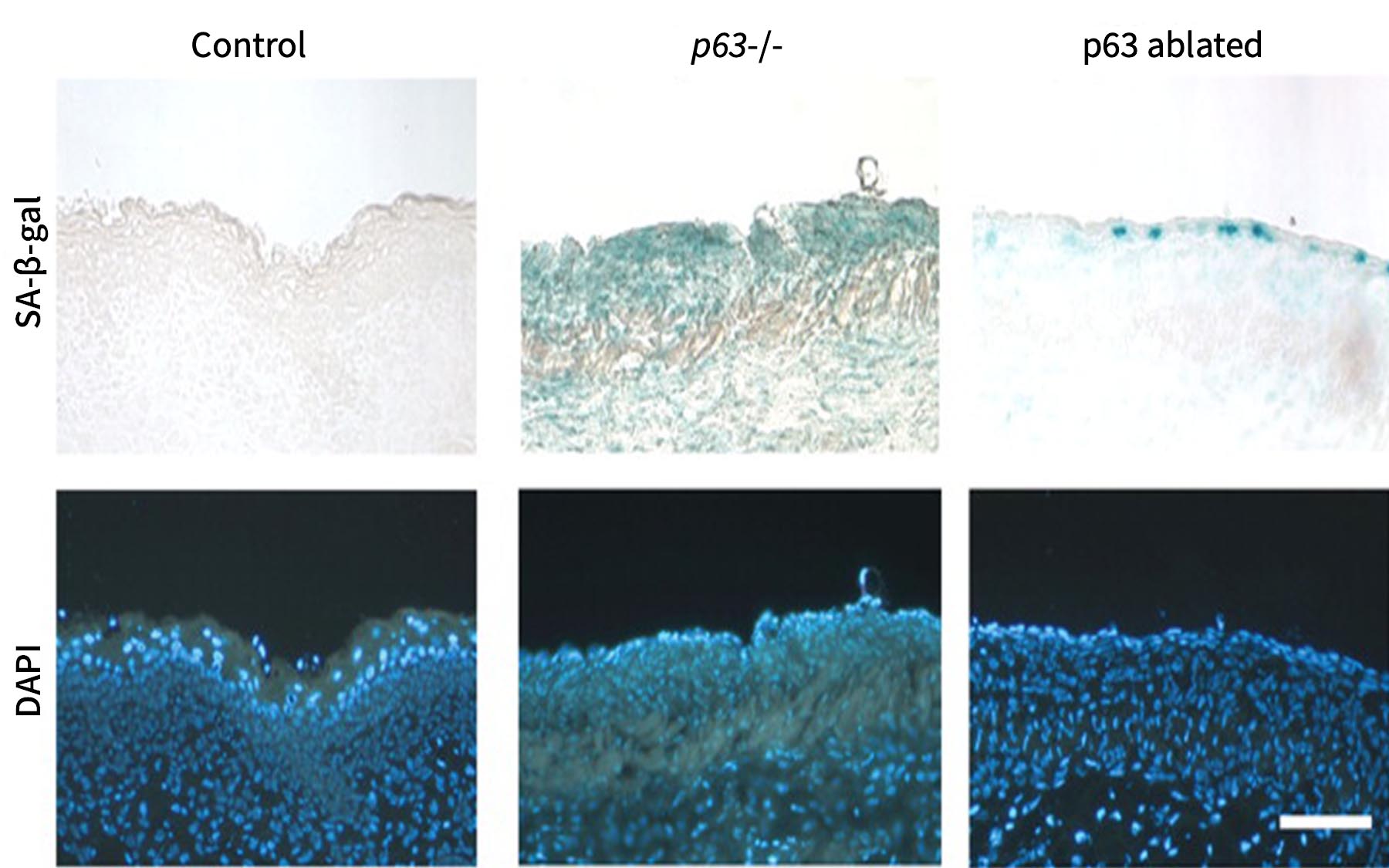Researchers have discovered that the loss of a gene called p63 accelerates aging in mice. Similar versions of the gene are present in many organisms, including humans. Therefore, the p63 gene is likely to play a fundamental biological role in aging-related processes.
“To study how the p63 gene works, we devised a system for eliminating it from adult mouse tissues. What struck us right away was that these p63 deficient mice were aging prematurely,” says Alea Mills of Cold Spring Harbor Laboratory, who led the research.
Mice that are born without the p63 gene do not survive. Therefore, Mills had previously conducted extensive studies of mice that are born with only one copy of the gene. Still, these animals die at a young age. So to study p63 function in adults, Mills and her colleagues devised a sophisticated molecular genetic technique that enabled them to eliminate both copies of the gene from particular tissues—including skin and other multi-layered epithelial tissues—after the animals reached maturity.
The effects of premature aging observed in these p63 deficient mice were hair loss, reduced fitness and body weight, progressive curvature of the spine, and a shortened lifespan.
“Aging and cancer are two sides of the same coin. In one case, cells stop dividing and in the other, they can’t stop dividing. We suspect that having the right amount of the p63 protein in the right cells at the right time creates a balance that enables organisms to live relatively cancer-free for a reasonably long time,” says Mills, who adds that this is the first time the p63 gene has been implicated in aging.
“I first presented these results at a meeting in Tuscany. I don’t want to sound flippant, but if you have to grow old somewhere, that’s about as good a place as any to do it,” says Mills.
The study is published in the September issue of the journal Genes & Development (advance online publication August 17). The other researchers involved in the study were Scott Lowe, Ying Wu, Xuecui Guo, and first author William Keyes of Cold Spring Harbor Laboratory, and Hannes Vogel of Stanford University.
Written by: Communications Department | publicaffairs@cshl.edu | 516-367-8455
Principal Investigator

Alea A. Mills
Professor
Cancer Center Member
Ph.D., University of California, Irvine, 1997
